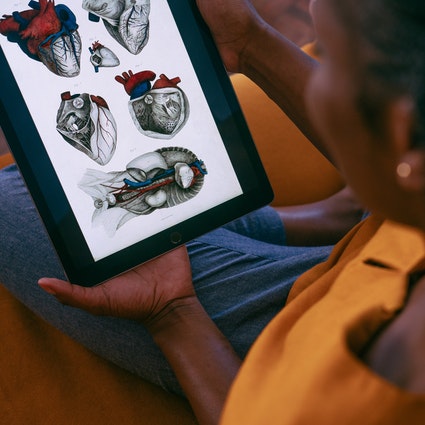What is the Transport System?
The transport system in plants and animals refers to the movement of metabolic materials from various parts of the body where they are produced or absorbed to the parts where they are either used, stored, or removed from the body.

Need for Transportation
- Transport is necessary for every cell of the organism to obtain all essential materials for its metabolism (e.g., nutrients, oxygen, water, etc.).
- It is also necessary to remove and dispose of metabolic waste (e.g., carbon dioxide, water, urea, etc.).
- In plants, transport is necessary to move mineral salts and water from roots to stems and leaves.
- Transport is also required to move hormones in plants and animals from where they are produced to the areas of need.
- Glucose from the leaves and storage organs is some of the substances regularly transported in plants.
Materials for Transport in Animals
- Oxygen
- Carbon dioxide
- Excess salt
- Water
- Amino acids
- Vitamins
- Sugar
- Fatty acids
- Mineral salts
- Hormones
- Antibodies
Materials for Transport in Plants
- Cytoplasm
- Cell sap or latex
- Blood
- Lymph
Transport System in Humans
The transport system in mammals, especially in humans, provides an efficient way of distributing materials within the body. This is made possible by blood and lymph, which represent the media of transportation in humans.
Composition and Structure of Blood
Blood is a fluid tissue. An adult has about 5 - 6 litres of blood. Blood is made up of two major components:
- The blood cells or corpuscles, which are solid
- The plasma, which is liquid
Blood Cells or Corpuscles
- Red Blood Cells: These are small, round, and disc-like in shape. Their lifespan is about 120 days before they are destroyed by the liver. Function: The pigment, hemoglobin, in red blood cells helps transport oxygen from the lungs to the body.
- White Blood Cells: These are irregular and amoeboid in shape. They are large and contain a nucleus. They protect the body against diseases and foreign invaders. Function: White blood cells defend the body against diseases by ingesting bacteria and viruses that cause diseases.
- Blood Platelets: These are tiny irregular cell fragments without a nucleus. Function: Platelets aid in the clotting of blood.
